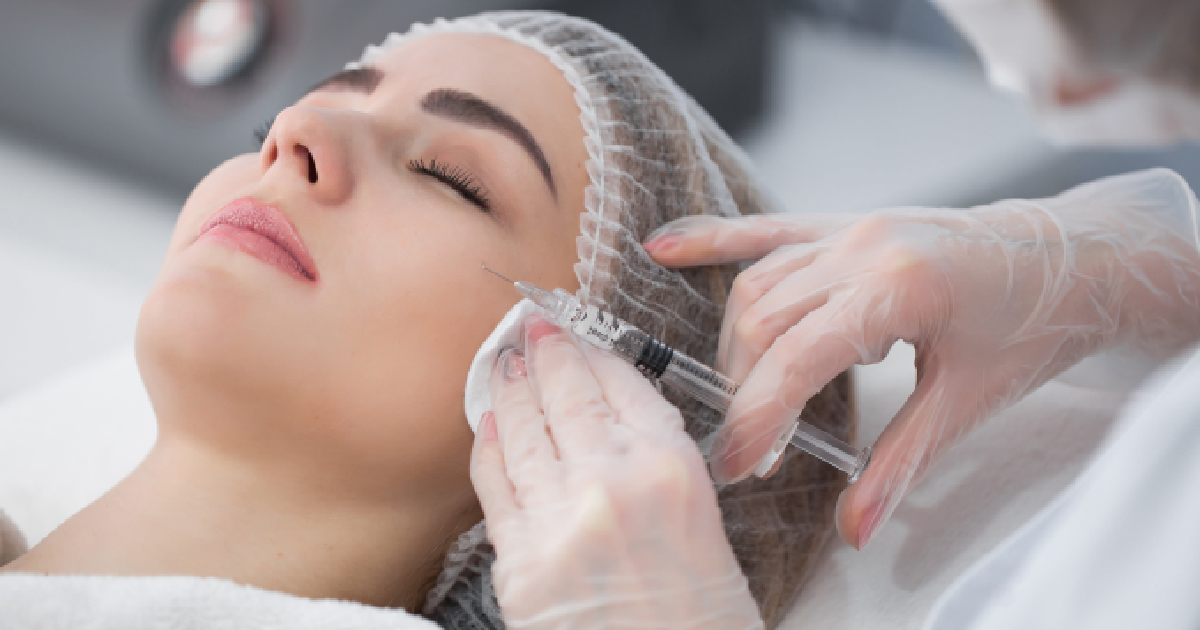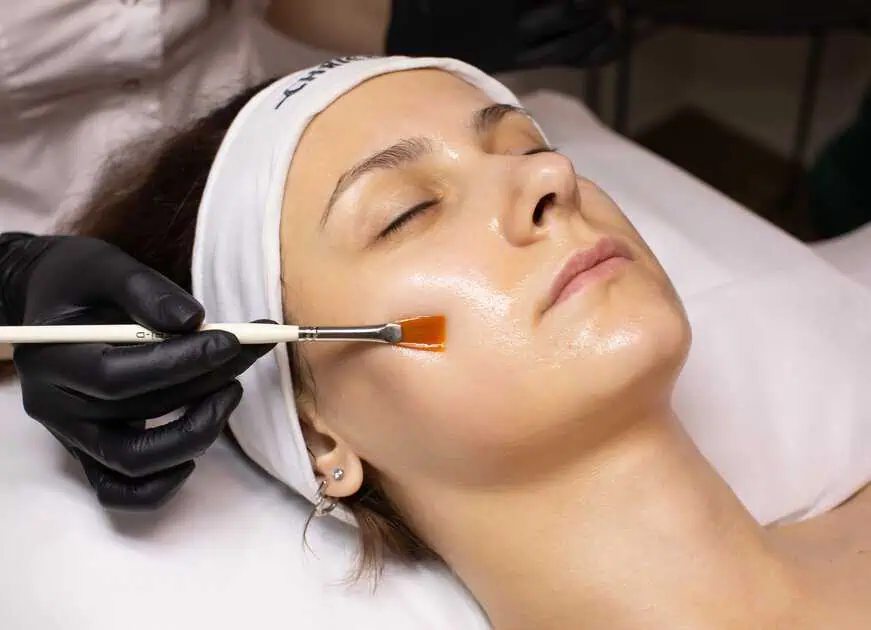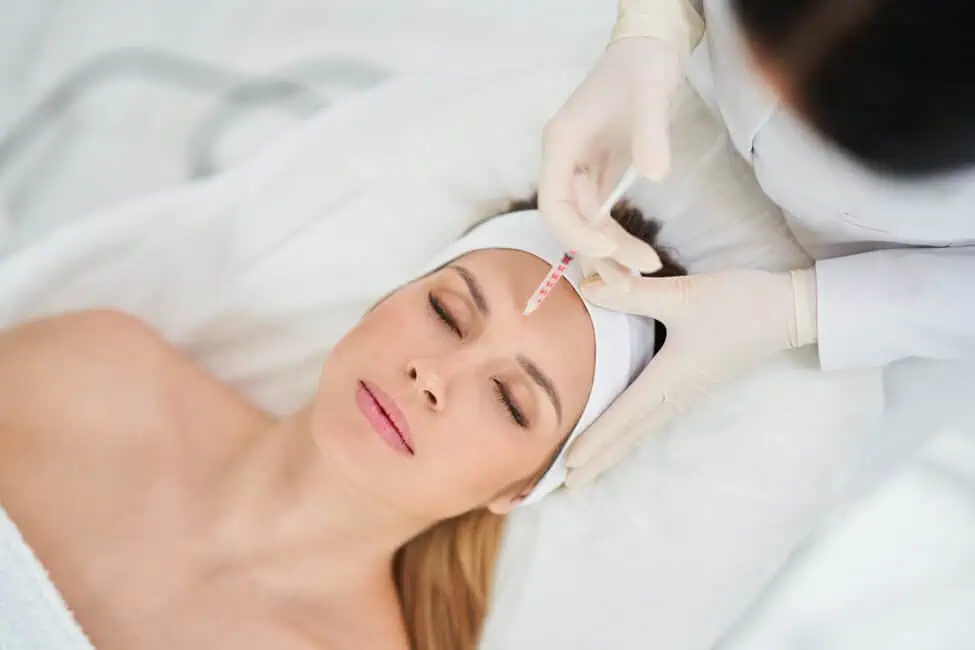Table of Contents
Chemical peels are a popular skincare treatment that offers a fresh, rejuvenated complexion. If you’re considering this procedure, you’re likely curious about what happens in the days following your treatment. What does the healing process look like, and how long does it take for your skin to reveal the results?
In this blog post, we will walk you through a day-by-day breakdown of what you can expect after a chemical peel. By understanding the stages of healing, you can better prepare yourself for the treatment and maximize the benefits for your skin.
What are Chemical Peels?
A chemical peel is a procedure in which a chemical solution is applied to the skin to exfoliate and remove damaged outer layers. This process helps improve skin texture, reduce fine lines, treat acne scars, and lighten hyperpigmentation. There are various chemical peels, ranging from light (superficial) peels to medium and deep peels, each varying in strength and recovery time.
While the idea of a chemical peel might seem intimidating, the procedure is relatively straightforward, and the results are often impressive. But to fully understand the treatment, knowing what to expect during the recovery process is essential.
Now, let’s dive into the details of what happens after a chemical peel, day by day.
Day 1: The Procedure and Immediate Effect
What Happens During the Peel?
The first day is, of course, the day of your chemical peel. Before the treatment, your skincare specialist will clean your face and apply the chemical solution to your skin. You might feel a tingling or mild burning sensation as the solution works to break down the damaged outer layers of your skin.
Post-Peel Care on Day 1
Your skin may look slightly red and feel tight right after the peel. Depending on the strength of the peel, you could also experience some mild swelling. Most people describe their skin as feeling sunburned. It’s important to follow your skincare provider’s instructions carefully during this stage to minimize discomfort and protect your skin.
You will likely be advised to avoid touching your face, refrain from wearing makeup, and protect your skin from the sun. Applying a gentle moisturizer and avoiding harsh skincare products is crucial at this point.
Day 2: Initial Redness and Sensitivity
On the second day, the effects of the chemical peel become more noticeable. The redness from the first day may intensify, and your skin will still feel tight and somewhat sensitive. You might also begin to notice slight darkening in certain areas of your face, which is normal as the damaged skin cells prepare to shed.
It’s common for patients to experience a tingling sensation during this stage, and it’s crucial to resist the urge to scratch or rub your skin. Stick to a soothing skincare routine with gentle cleansers and moisturizers. Hydration is vital at this stage, so keep your skin well-moisturized to prevent excessive dryness.
Sunscreen is an absolute must by this point. Even if you aren’t spending much time outdoors, your skin is highly sensitive to UV rays after a chemical peel. Be sure to use a broad-spectrum SPF to protect your healing skin.
Day 3-4: Peeling Begins
By day three or four, you’ll likely notice your skin has started peeling. This is when the old, damaged skin sheds to reveal the fresh, new skin underneath. For some people, the peeling may be minimal, while for others, it could be more significant. The amount of peeling depends on the type of chemical peel you receive and your skin’s natural healing process.
As tempting as it may be, resist the urge to pick or peel at your skin. Prematurely removing the peeling skin can lead to scarring or uneven results. Instead, continue to gently cleanse and moisturize your face, allowing the skin to shed on its own.
During these days, your skin may feel itchy or irritated, but this is a normal part of the healing process. Your provider might recommend specific soothing products to alleviate discomfort during this phase. Keeping your skin hydrated and avoiding sun exposure will help ensure a smoother recovery.
Day 5-6: Peeling Continues and Starts to Subside
As you move into days five and six, the peeling process will likely still be ongoing but will start to slow down. You’ll begin to see areas of fresh, rejuvenated skin emerging as the old skin continues to flake off.
At this point, it’s essential to continue being gentle with your skin. Stick to mild, hydrating skincare products and avoid any exfoliants or active ingredients like retinoids that could irritate your sensitive skin. As the fresh skin is revealed, you may also start noticing a brighter, smoother complexion.
Though you’ll likely still experience some flaking, the worst of the peeling should be behind you by the end of day six. Remember that the degree of peeling varies from person to person—some people may peel for a longer period, while others may see it stop more quickly.
Day 7: Recovery and Revealing Your New Skin
By the seventh day, most of the peeling should be complete, and you’ll be able to see the full effects of the chemical peel. Your skin will appear brighter, more even, and smoother, with a noticeable improvement in texture. If you have concerns like hyperpigmentation or fine lines, you may already see significant progress.
Your skin will still be delicate at this stage, so it’s important to continue a gentle skincare routine. Moisturizer and sunscreen should remain your best friends for the foreseeable future. Avoid harsh treatments or exposure to the sun, as your new skin is still in the early stages of healing and could be easily damaged.
For many people, day seven marks the end of the most intensive part of the recovery process. However, the full benefits of the chemical peel may continue to reveal themselves over the coming weeks as your skin fully heals and rejuvenates.
Ongoing Care and Maintenance
Once your skin has fully recovered, it’s time to focus on maintaining your results. Incorporating the right products into your skincare routine will help prolong the effects of the peel and prevent future damage.
Here are a few essential tips for ongoing care after a chemical peel:
- Sunscreen: UV protection is crucial to prevent hyperpigmentation and other damage. Always use a broad-spectrum SPF 30 or higher, even on cloudy days.
- Hydration: Keep your skin hydrated with a good-quality moisturizer. Hydrated skin is more resilient and better able to maintain its smooth texture and even tone.
- Gentle Products: Use gentle skincare products free of harsh chemicals or exfoliants. Your skin will remain more sensitive for a while, so avoiding anything too strong is best.
- Consult Your Skincare Specialist: Regular follow-up appointments with your provider at Skin Savvy Med Spa can help ensure you’re on track with your skincare routine and may lead to future treatments that can complement the results of your chemical peel.
Conclusion
A chemical peel is a fantastic way to rejuvenate your skin, leaving it smoother, brighter, and more youthful. Understanding the healing process day by day helps you better prepare for the procedure and ensure the best possible results. While the peeling phase may be uncomfortable, the results are well worth it.
Are you ready to experience the benefits of a chemical peel for yourself? Contact Skin Savvy Med Spa today to schedule a consultation. Our expert team is here to guide you through every step of the process, ensuring a smooth and effective treatment tailored to your skin’s needs. Visit us to find the perfect chemical peels in Foxboro, MA!









